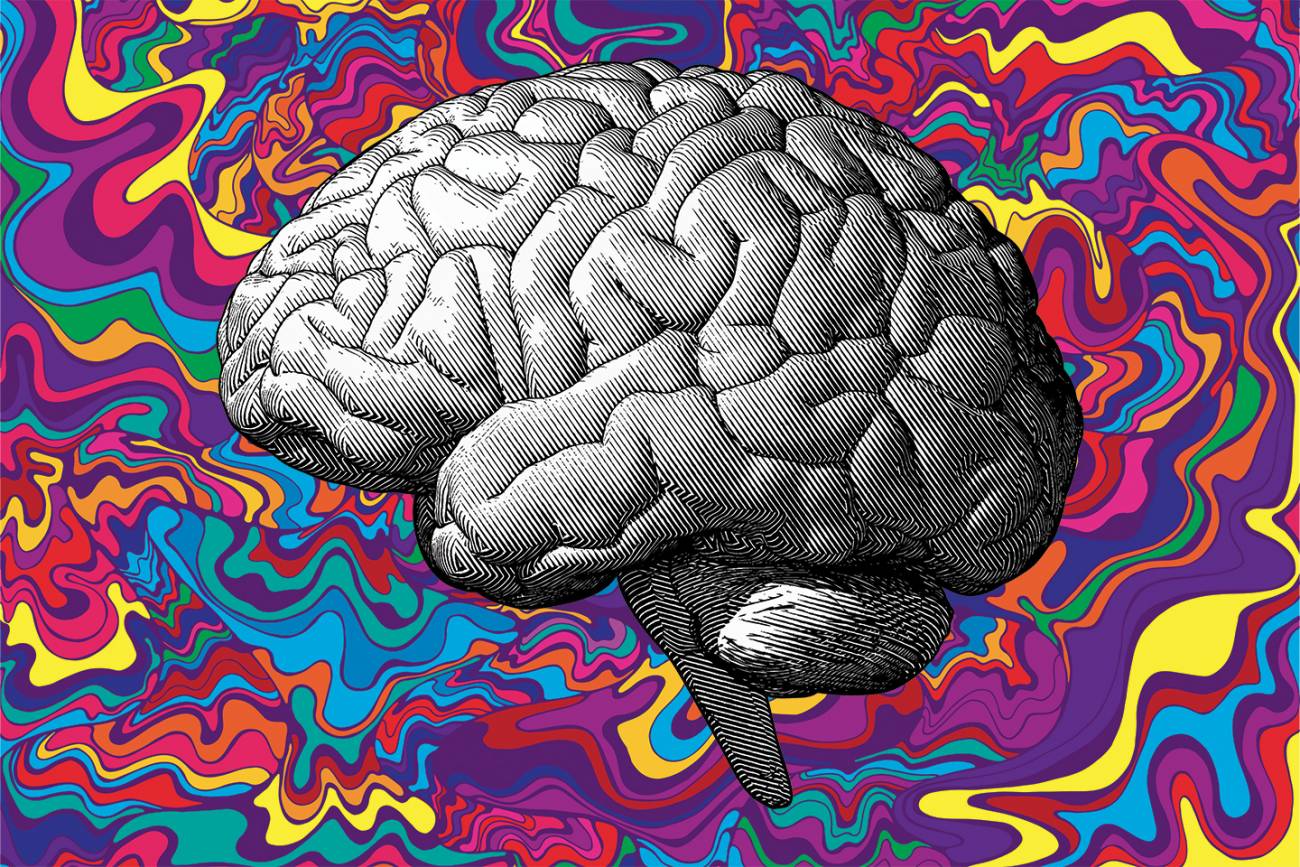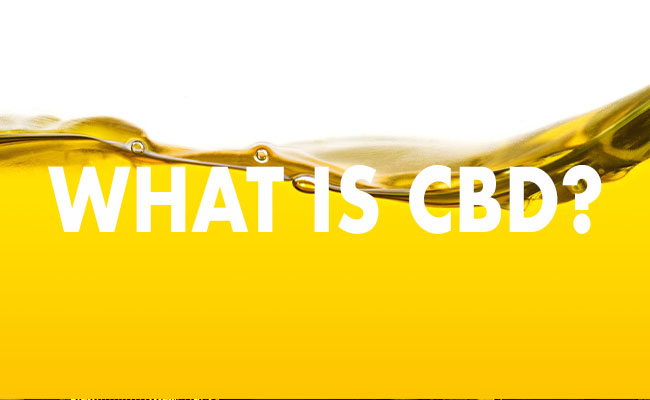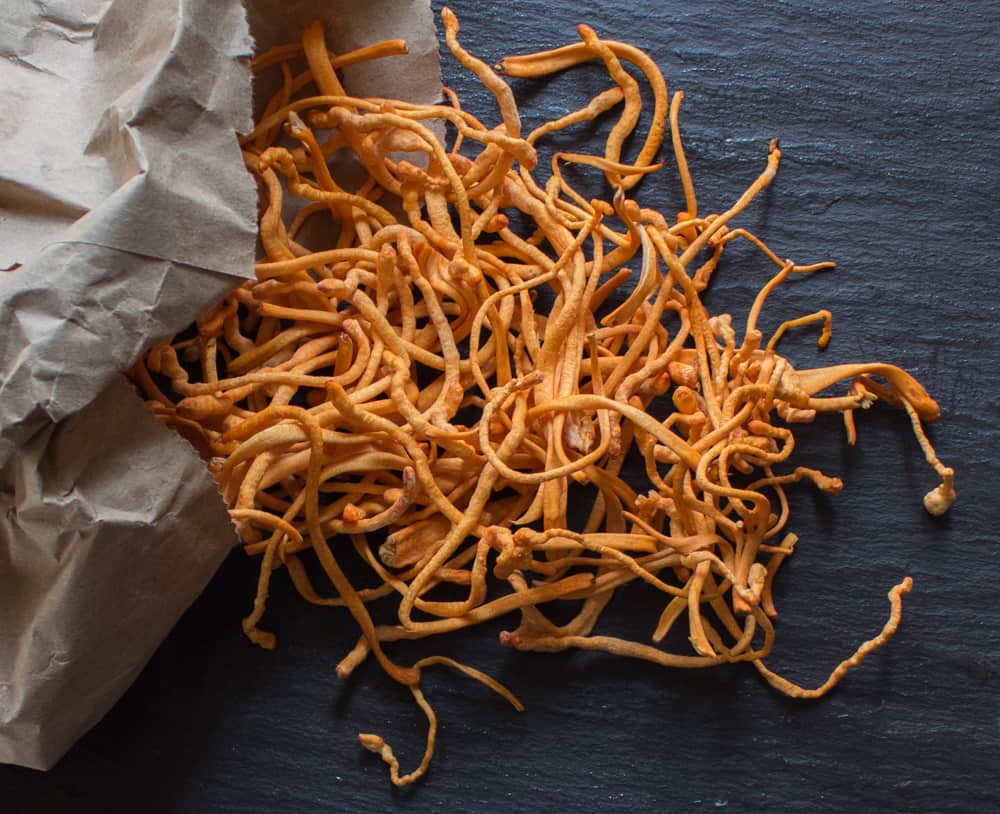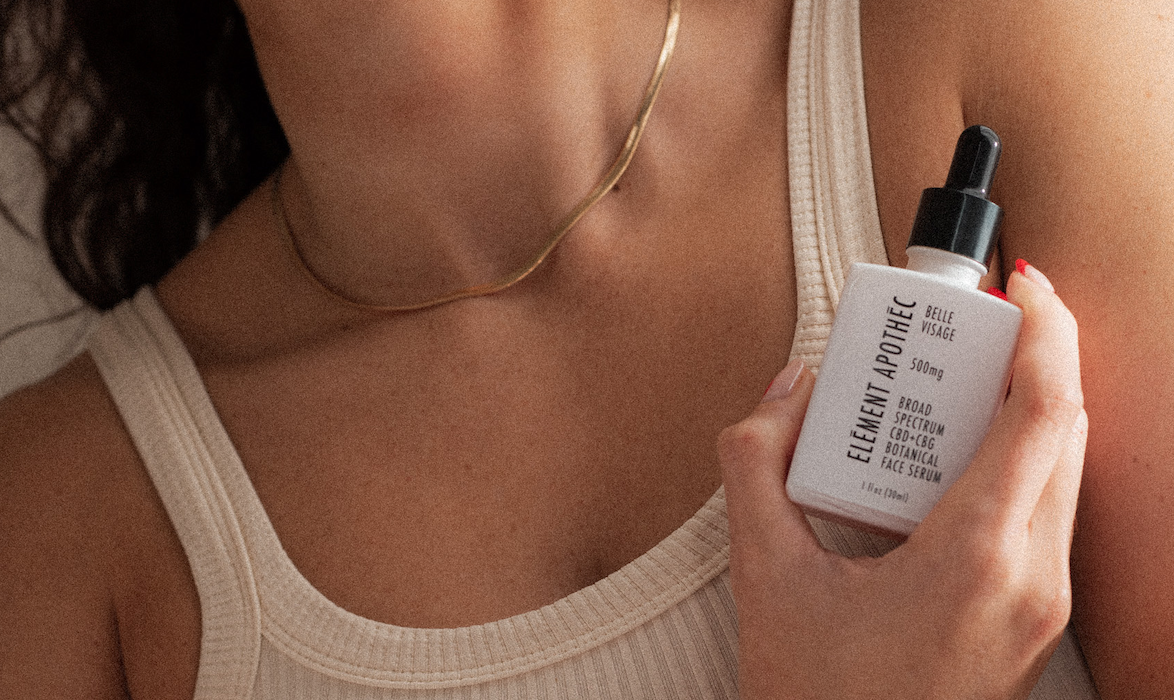
A Brief History | The Rise of Cannabis + Psychedelics
WRITTEN BY MELANIE FLORES AND DR. SWATHI
So far, 21 states in the U.S. have legalized recreational marijuana. Although cannabis still remains a federally illegal Schedule I Substance, a lot of time is being put into clinical research to examine the possible medicinal benefits of the plant. It is evident great strides have been made in the cannabis industry in recent years, but there is another Schedule I drug industry that is expected to make huge strides in the upcoming years. After years of demonization due to the War on Drugs, psychedelic substances are once again being revisited in psychiatric research.
The Rise of the Cannabis Industry
The use of the cannabis plant as medicine dates all the way back to 2800 BCE, when it was first listed in a Chinese Medicine pharmacopeia. In 1841, a physician named William Brooke O’Shaghnessy wrote about the therapeutic use of cannabis for childhood epilepsy. His writings helped incorporate cannabis into Western medicine. Due to propaganda that depicted cannabis as inciting violence in society, such as the film “Reefer Madness”, by the mid 1930s cannabis was made illegal through the Marijuana Tax Act. In the 1970s, cannabis was officially classified as a Schedule I Substance under the Nixon administration. The medicinal benefits of marijuana were not recognized nationally again until 1996 when it was first made medicinally legal in the state of California. Soon after many states began to legalize cannabis for recreational purposes. Currently 21 states have legalized marijuana both for medicinal and recreational uses, and this number is predicted to rise in 2023..
The Rise of the Psychedelic Industry
The willingness of society to once again look to psychedelics as possible psychiatric treatments is largely credited to be due to the devastating mental health and addiction crises that the U.S. is facing. Psychedelics have been used for thousands of years for spiritual purposes and as medical treatments in various indigenous groups.The earliest evidence of psilocybin was found in murals in Australia and is predicted to be dated back to 10,000 BCE. Psilocybin was most famously used, and still is, in religious ceremonies conducted by the Mayan people. Psychedelics were also infamously researched throughout the 1950s and 1960s to be indicated for various mental illnesses. This work can be credited to two scientists, Schultes and Reko, who throughout their travels to Mexico realized that psilocybin was being used for its antidepressant effects, and wrote about their findings in America in 1939. These findings inspired scientist Gordon Wasson to travel to Central America and try psilocybin. He wrote about his findings in Life magazine in 1957, and this inspired the Harvard professor Timothy Leary to conduct experiments with psilocybin. His experiments inspired multiple research studies involving psychedelics throughout the 1960s, but all of the progress came to a screeching halt when Regan declared the War on Drugs in 1971. It is now widely accepted that the War on Drugs was run on a political and racist agenda, and had little to do with the risks of using psychedelics as medicine.
The State of Psychedelic Research in 2023
These realizations are what is prompting the psychedelic research revival of the 2020s. The current most advanced clinical stage trial that is being conducted in the U.S. is a Phase III Trial that is looking at MDMA for the treatment of PTSD. A previous 2021 phase III trial yielded extremely promising results, with 67% of patients no longer meeting the diagnostic criteria for PTSD after receiving MDMA treatment. If the current trial goes well, then it is likely that MDMA will be FDA approved for PTSD indication. Another phase III study will be conducted in 2023 that is looking at psilocybin for the indication of treatment resistant depression. The third most prominent psychedelic being studied for a psychiatric indication in 2023 LSD. LSD is being looked at for the treatment of Generalized Anxiety Disorder, as a 2021 study showed that 65% of participants had clinically significant decreases in their anxiety scores after treatment with LSD.
How the Psychedelic Industry Can Learn from the Cannabis Industry
All classic psychedelic drugs and cannabis are still federally classified as Schedule I drugs, despite many states that have legalized cannabis recreationally. Multiple U.S. states are now considering legalizing psilocybin on a state level to be administered in a controlled setting for therapeutic purposes. Oregon will officially be allowing these legalized psilocybin sessions to occur in early 2023, under the watch of a trained professional at a licensed dispensing center. It is important to note that the only state that has currently legalized psilocybin for medicinal use, Oregon, requires a mandatory psychotherapy component and does not allow patients to take the drug home to consume unsupervised. The likely upcoming rescheduling of MDMA is also geared towards its therapeutic benefit, and is not being considered for recreational legalization. The thought is that after medicinal uses of psychedelics are deemed socially acceptable, that recreational use will come soon after just as it did with cannabis legalization. The recreational legalization of cannabis did indeed halt progress in medicinal research, so many experts are strongly advising that psychedelic legalization does not follow down the same path as cannabis. Since cannabis was legalized recreationally, those in society that have access to quality tested products are those that can afford it. Psychedelics must be treated as a right for those who want access to them as they become medicinally legalized. The history of psychedelics as indigenous spiritual medicine must also be remembered as psychedelics face commercialization. The rise of the psychedelic industry is exciting and shares many parallels to the cannabis industry, but the history and potent medicinal benefits of the drugs must always be kept at the forefront of the industry.
References
-
Bender D, Hellerstein DJ. Assessing the risk-benefit profile of classical psychedelics: a clinical review of second-wave psychedelic research. Psychopharmacology (Berl). 2022;239(6):1907-1932.
-
Reiff CM, Richman EE, Nemeroff CB, Carpenter LL, Widge AS, Rodriguez CI, Kalin NH, McDonald WM. The Work Group on Biomarkers and Novel Treatments, a Division of the American Psychiatric Association Council of Research, Psychedelics and Psychedelic-Assisted Psychotherapy. Am J Psychiatry. 2020;177(5):391-410.
-
Hallifax J. 5 Most Important Psychedelic Clinical Trials in 2022. Psychedelic Spotlight. https://psychedelicspotlight.com/5-psychedelic-clinical-trials-2022-maps-mdma-psilocybin-ketamine-lsd-dmt/.
Credit: Blog post photo from Johns Hopkins Center for Psychedelic and Consciousness Research.
–
This article was edited by Dr. Swathi and was written by Element Apothec Scientific Communications Intern, Melanie Flores. She is a Doctor of Pharmacy (PharmD) student at Oregon State University and Oregon Health & Science University College of Pharmacy in Portland, Oregon.











